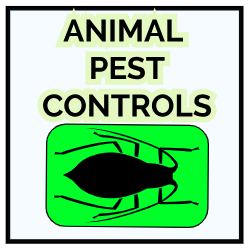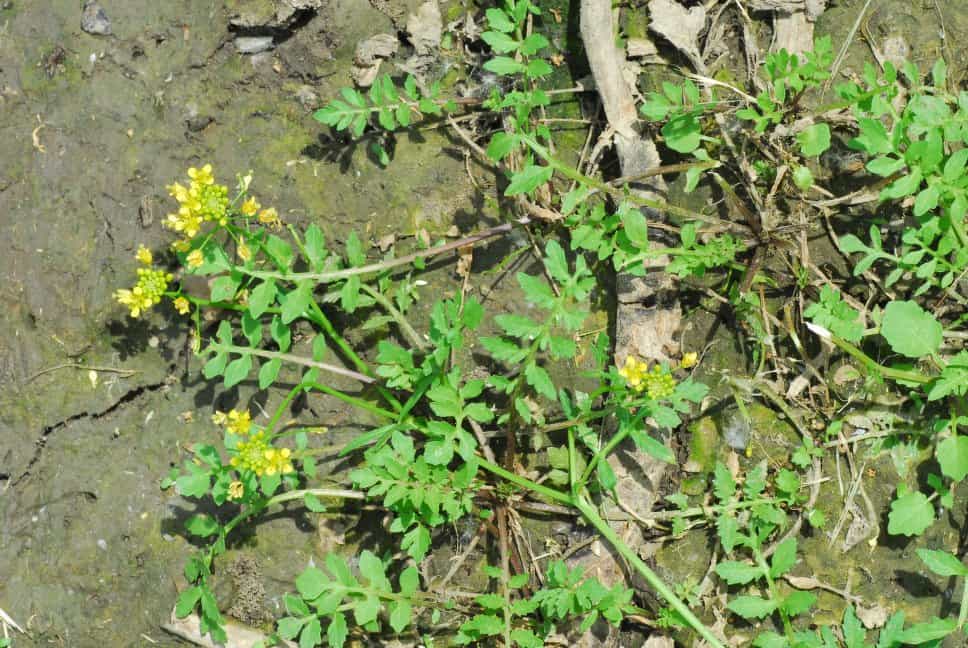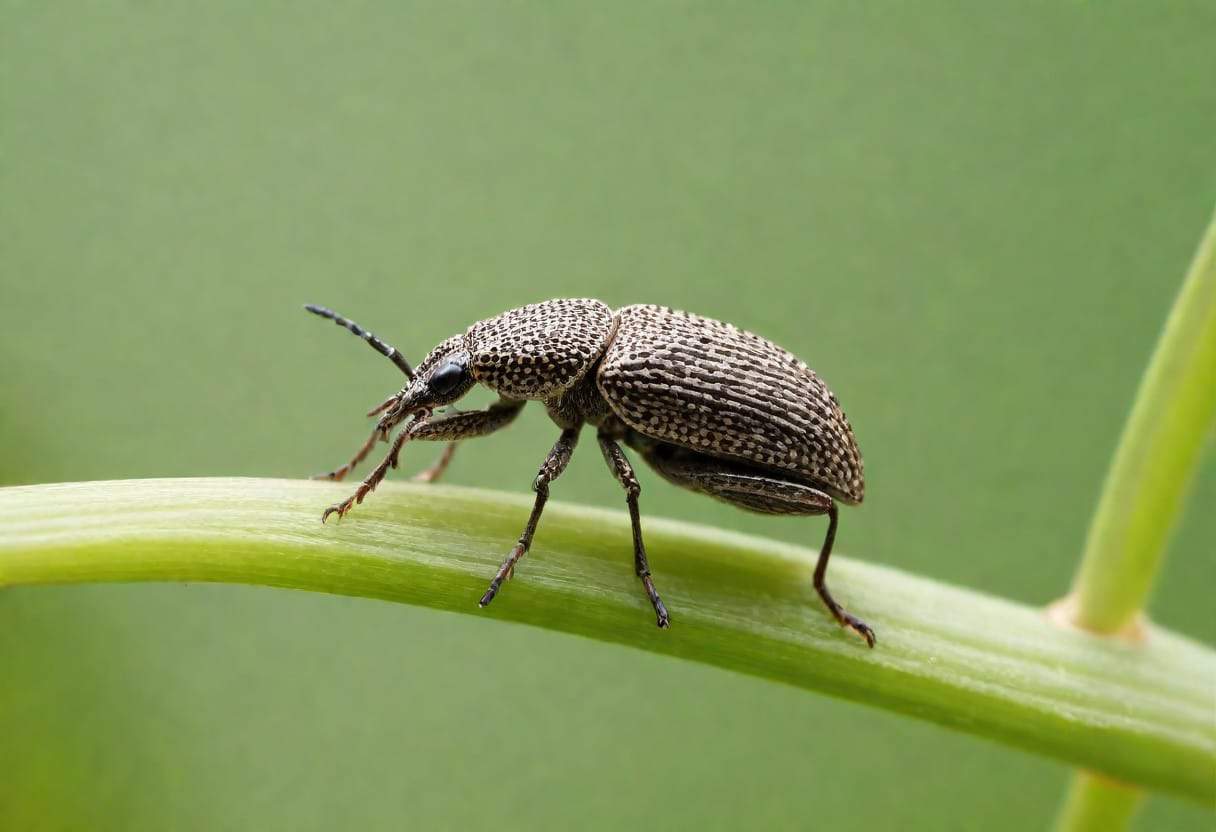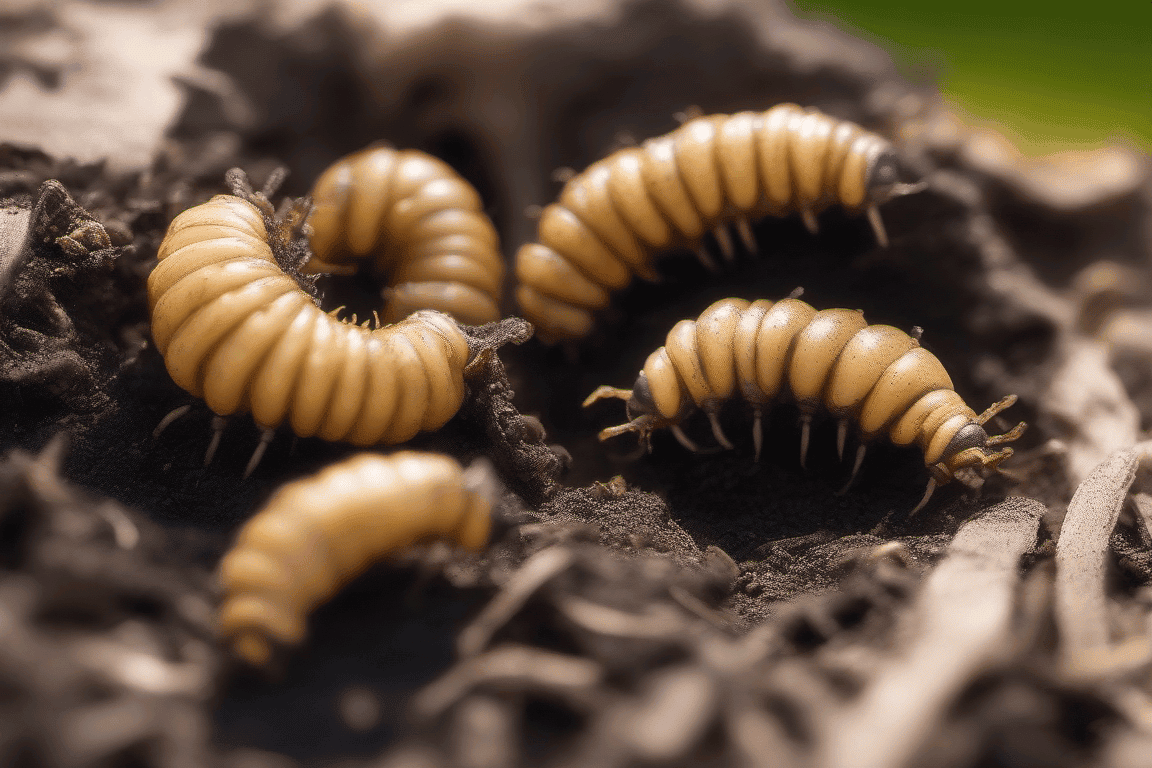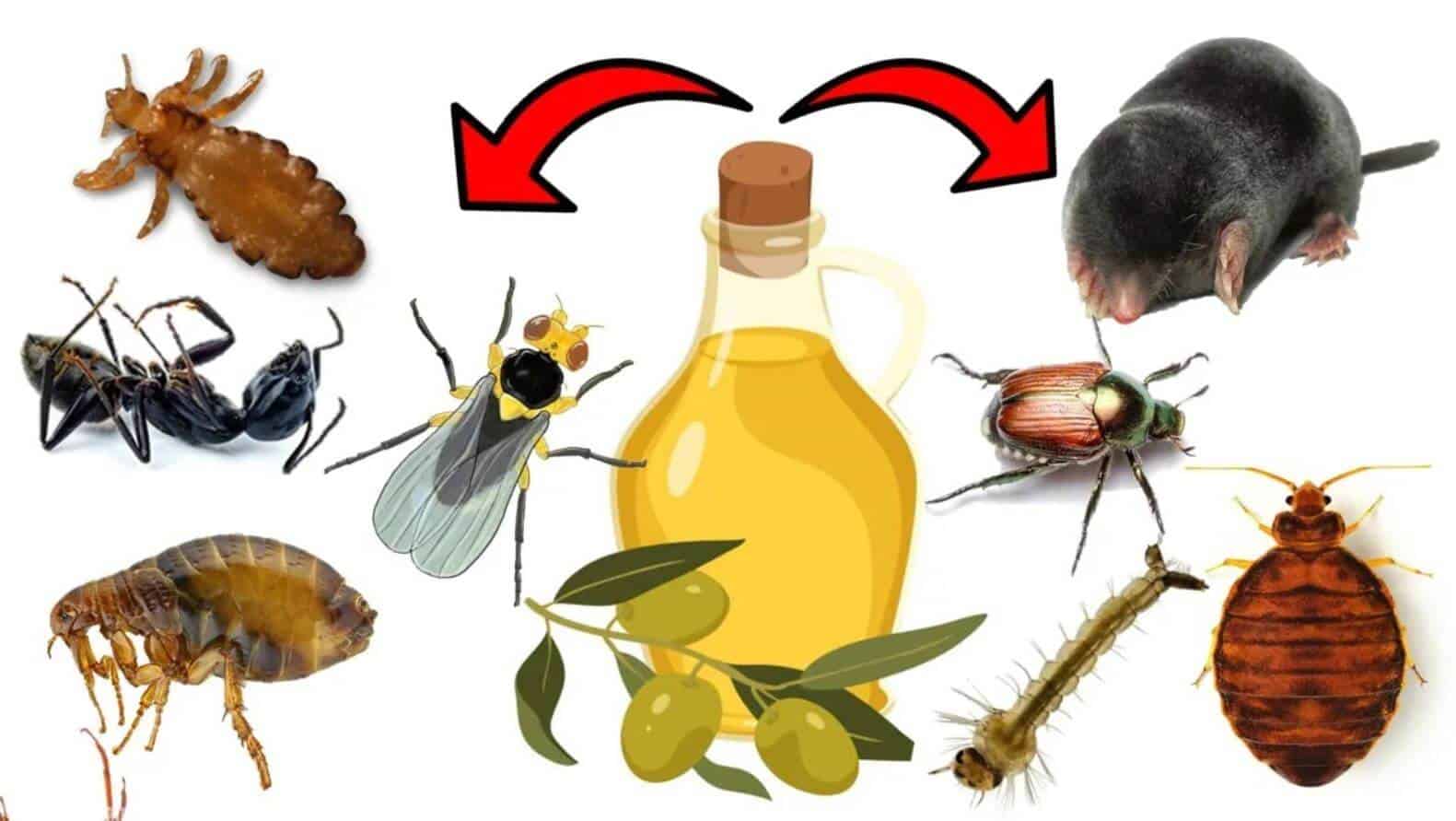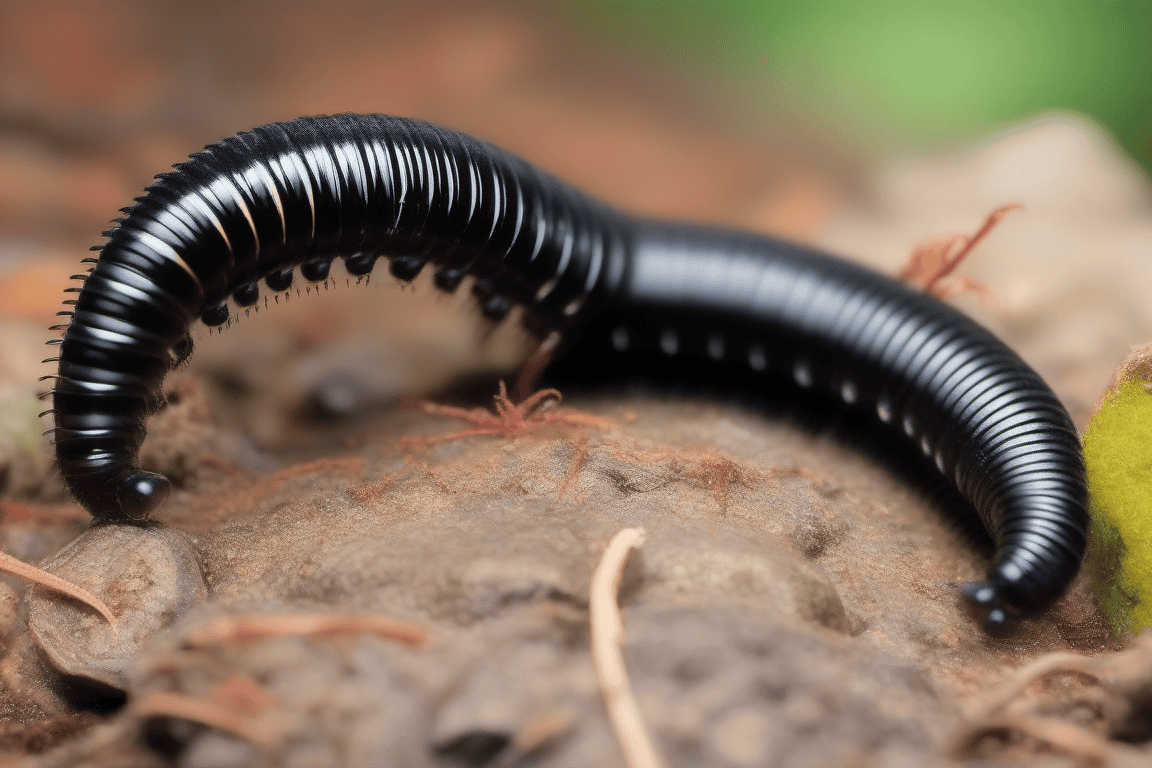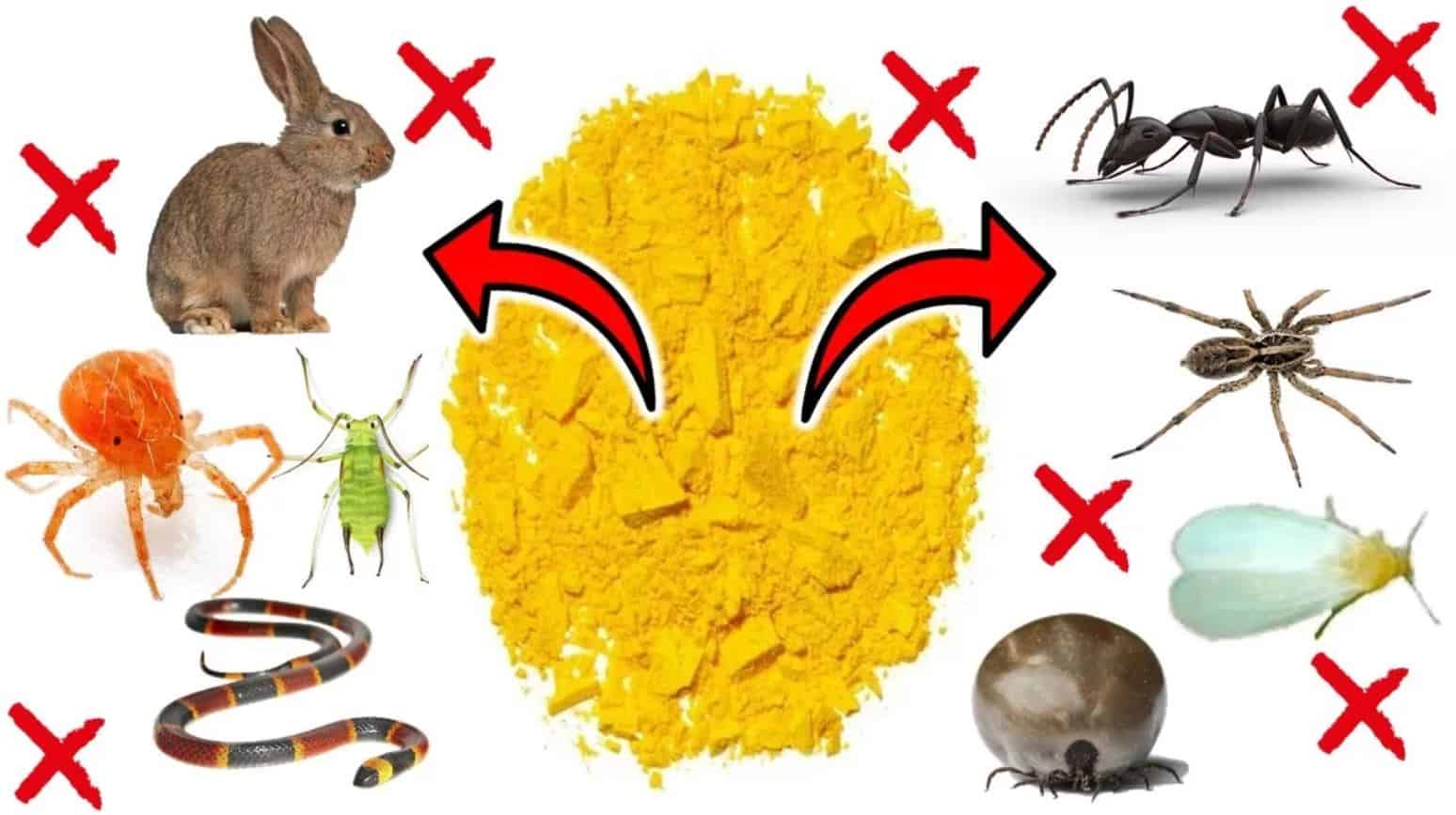Are you tired of the weeds germinating in your living space and unsure what to do? You’re in luck!
If you don’t want to use chemical weed killers that could harm you and the environment, this video is for you! We’ll show you easy and effective ways to eliminate those pesky weeds.
From using vinegar as an herbicidal agent to utilizing mulch and other organic methods – we’ve got all you need to banish those weed-infested areas once and for all!
So don’t delay. Learn how to claim your garden from those uninvited guests!
Table of Contents
What are Weeds?
Weeds are a nuisance to gardeners but come in various shapes and sizes.
Most weeds have shallow roots that spread quickly and aggressively, making them hardy and able to grow in virtually any soil or climate condition.
They can also be annuals, biennials, or perennials. Some common qualities of weeds include broad leaves, tall stems, and deep roots.
Others may have thin stems with tiny leaves. Weeds can vary in color from green to yellow or even red depending on the species.
Many weeds produce flowers that range from simple white blooms to strikingly vibrant hues. Despite their undesirable reputation, some weeds possess properties that make them useful for medicinal purposes or food sources for wildlife.
Even so, homeowners must keep their gardens and space weed-free as much as possible since overgrowth can increase pests and diseases that could harm other plants around them.
What are the Natural Ways to Eliminate Weeds?
1. Mulching
Mulching involves covering the soil around plants and trees with an organic material layer.
This method uses brown cardboard, grass clippings, shredded leaves, wood chips, or straw. Mulching helps prevent seed growth by blocking sunlight from reaching the seeds in the soil.
It can eventually lead to the death and decomposition of these seeds, improving the soil. In addition to weed prevention, mulching helps retain moisture in the ground, reducing the need for frequent watering.
The organic mulching material also breaks down over time and adds nutrients to the soil, improving plant health. While mulching can smother weeds, don’t pile materials against tree trunks or plant stems because it can cause rotting.
Spread a thin layer of approximately 2-3 inches evenly around plants and trees for best results.
2. Sunlight blocking or solarization
One natural way to kill weeds is to exclude sunlight.
This method is commonly known as solarization. It involves covering the area with a plastic sheet, dampened newspaper with black ink, or plain cardboard without tape.
These materials will block sunlight and heat the soil, killing weeds and seedlings. To effectively use this method, choose a hot, sunny day when the soil is dry.
Solarization is particularly effective in areas with heavy weed infestations or hard-to-control perennial weeds. While this method can kill weeds, it may also kill beneficial organisms in the soil, including earthworms and microorganisms that help break down organic matter. So, be careful with it.
3. Pulling and digging them out
Pulling and digging out weeds is one of the most effective natural ways to eliminate them from your garden or lawn.
It is a manual method that requires physical effort, but you can do it with tools like a trowel or weeding fork. When pulling out weeds, grab the entire plant, including its roots. If you only remove the leaves, the weed will grow back again quickly.
The best time to pull out weeds is after rain when the soil is moist and soft. It makes it easier to dig them out without damaging nearby plants’ roots.
You can also use a hoe to loosen up the soil around the weed before pulling it out entirely. Be careful not to disturb other plants in your garden while doing this.
Digging out weeds works well for deep-rooted ones that are difficult to pull by hand. For this method, use a sharp spade or shovel and dig around the weed’s base, making sure to go deep enough underneath it.
This way, you can lift it without snapping any roots in half. After digging, you can pull them out manually. You can also pull them out using a robust rope tied to a truck.
Once you have dug it out successfully, dispose of it immediately by burning or composting it so that they don’t start growing again in another part of your garden.
4. Spray them with vinegar
Vinegar is a versatile home ingredient that can kill weeds in your garden. It contains acetic acid, which destroys the weed’s leaves and roots upon contact.
To use vinegar as a weed killer, spray it directly onto the plant or pour it onto the soil surrounding weeds. You can also mix vinegar with liquid soap for a high-level solution.
For best results, use vinegar with a higher percentage of acetic acid (at least 5%) and apply on a sunny day when the plant is actively growing. Remember that vinegar can also damage desirable plants if it comes into contact with them.
So, be careful when using it to kill weeds. Finally, vinegar is an effective natural alternative to chemical herbicides when eliminating weeds in your garden.
It’s easy to use and readily available at home, making it a convenient solution for eco-conscious homeowners who want to keep their lawns healthy and beautiful without harming the environment or their loved ones.

5. Use table salt
Table salt can kill existing weeds or prevent new ones from growing. When using salt as a weed killer, apply it directly to the weed and avoid getting it on any surrounding plants or soil.
It can harm beneficial plants and microorganisms in the ground.
One way to use salt as a weed killer is by mixing it with hot water and spraying it on the weeds. You can mix it with liquid soap for a better effect.
This method works best for small weeds that are easy to target. Another option is to sprinkle salt directly onto the soil around the weeds, being careful not to get too close to desirable plants.
When using salt as a preventative measure, spray it along the edges of garden beds or between pavers where weeds tend to grow. However, remember that high salt concentrations in the soil can also affect plant growth and should be used sparingly.
Overall, using salt as a natural weed control method requires careful application but can be an effective solution for maintaining a healthy garden.
6. Spray borax on the weeds
Borax, also known as sodium borate, is a naturally occurring mineral used for centuries as a cleaning and laundry detergent.
However, it can also serve as an herbicide to kill weeds. To use borax, mix 10 ounces of borax with 2.5 gallons of water and stir until the borax dissolves completely.
Then, transfer the solution into a spray bottle and apply it directly to the base and leaves of the weeds. While borax can kill weeds, it can also harm other plants if not applied correctly.
Therefore, you should only use it in areas with no desired vegetation nearby. Besides, don’t overuse it because it can lead to soil contamination.
7. Use boiling water
Boiling water is a simple and effective way to get rid of weeds. It’s easy to do and works by cooking the plant from the roots to the stem and leaves.
To use boiling water on weeds, boil some water in a kettle or pot and then carefully pour it over the unwanted plants. Be sure to avoid any nearby desirable plants as well as yourself!
Boiling can kill beneficial microbes in the soil, so it’s not a good idea to use it too often or in large amounts. However, boiling water is excellent for spot treatments on sidewalks or driveways.
This method is an inexpensive and eco-friendly way to control weeds. So next time you’re looking for a quick fix for those pesky weeds around your yard or garden, use boiling water!
8. Employ aeration
Aeration involves creating tiny holes in the soil to allow air, water, and nutrients to penetrate deeper into the roots of plants.
This method helps promote healthy grass and other desirable plants, making it more difficult for weeds to thrive.
Most weeds, especially deep-rooted ones, need compact soil to germinate. So by aerating the ground, you’re making it inhabitable for these plants.
Use an aerator tool or rent one from a local gardening center to aerate your lawn or garden. The best time to aerate is during the growing season when the plants are actively growing.
You can combine aeration with other methods like mulching and planting cover crops. Utilizing multiple natural techniques can create a healthy environment for your desired plants while minimizing weed growth.
9. Minimize open space
The more you can cover the soil with plants or other materials, the less opportunity weeds have to take hold and grow. You can achieve this through interplanting, crop rotation, and mulching.
Interplanting involves planting different species of plants close together to fill up more space and leave little room for weeds to grow.
Crop rotation is when you change the type of crops grown in a particular area each season, which reduces weed populations by disrupting their growth cycles.
Mulching is another effective technique that covers bare soil with organic materials like wood chips or leaves to reduce weed germination. Reducing open spaces in your garden or lawn can go a long way toward preventing weed growth.
By using techniques like interplanting, crop rotation, and mulching, you can better control the spread of unwanted vegetation while promoting healthy plant growth at the same time.
Conclusion
Eliminating weeds with natural methods is excellent for the environment, and it’s a cost-effective solution. With methods such as mulching, hand-pulling, and using homemade weed killers, you can say goodbye to those pesky invaders in no time.
Plus, who doesn’t love a little workout while gardening?
So next time you see weeds in your lawn or garden, don’t reach for the chemical sprays just yet. Give these natural methods a try, and let your green thumb shine! Have fun eliminating those unwanted guests!
